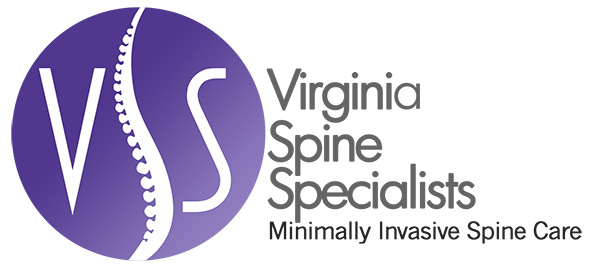Cervical Disc Pain: What YOU Can Do About It
You may notice that as you grow older, you begin experiencing more and more pain in your neck and shoulders region. Most adults are unaware of the constant stress that is placed upon the cervical discs of the neck and spine over the years as result of constant twisting, turning, and lifting. There are several diseases that can cause chronic neck and shoulders pain due to the degenerative cervical discs. While approximately two-thirds of the population will suffer from neck pain in their lifetime, many may not be aware of how cervical disc pain is affecting their life.
Your neck is comprised of seven bones separated by gel-like discs for cushion in a structure known as the vertebrae. These discs allow for agile movement of the neck and spine, as both of these areas would be stiff otherwise. However, as stated earlier, years of constantly straining this area leads these discs to degenerate and weather down. As this erosion process occurs the nerve fiber that exist in this area become pinched, often resulting in radiating pain that can affect the arms, shoulders, and neck. The process that causes the neck to lose flexibility is called degenerative disc disease. The most common symptom of this disorder is neck stiffness, however once pressure is applied to your nerves, you may experience any number of the following:
· Pain;
· Radiating tingling sensation in your arms, hands, or shoulders; or
· Numbness
If you feel that you may be affected by degenerative disc disease, you should talk to your doctor about performing a physical to see if your symptoms fit. Be prepared for your physician to ask about your medical history, or even ask to conduct a neurological exam to see if your disc deterioration is affecting your reflexes. You may be required to undergo X-rays, MRIs, and/or CT scans in order to inspect your spinal region and vertebrae.

Categories
Archives
Contact Dr. Mudit Sharma
Phone: (571) 921-4877
Toll Free: (855) 774-6334
Monday – Thursday: 8am – 4pm
Friday: 8am – 2pm
Fredericksburg
4604 Spotsylvania Parkway, Suite 300 Fredericksburg, VA 22408
Manassas
8650 Sudley Road, Suite 315
Manassas, VA 20110-4418
